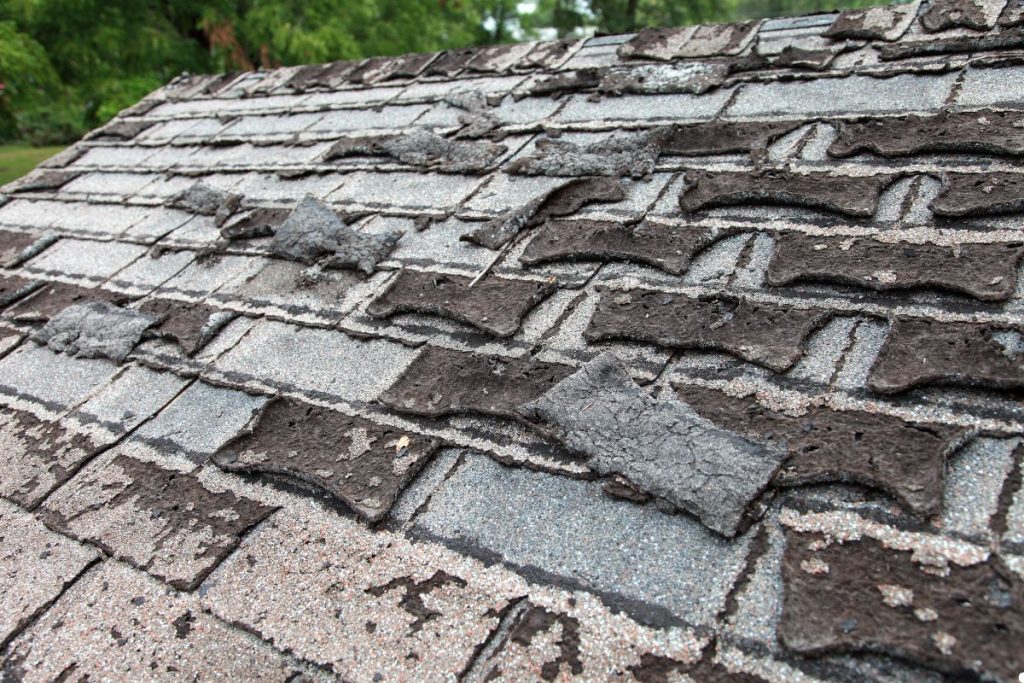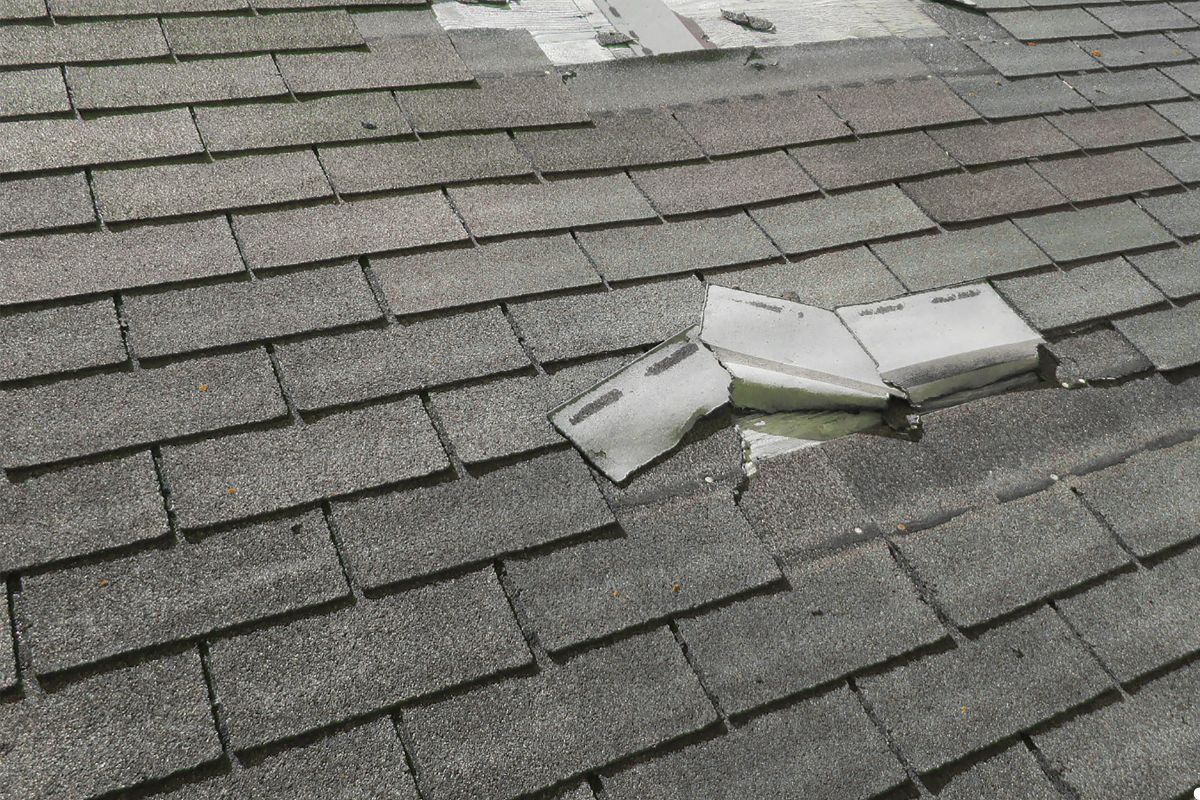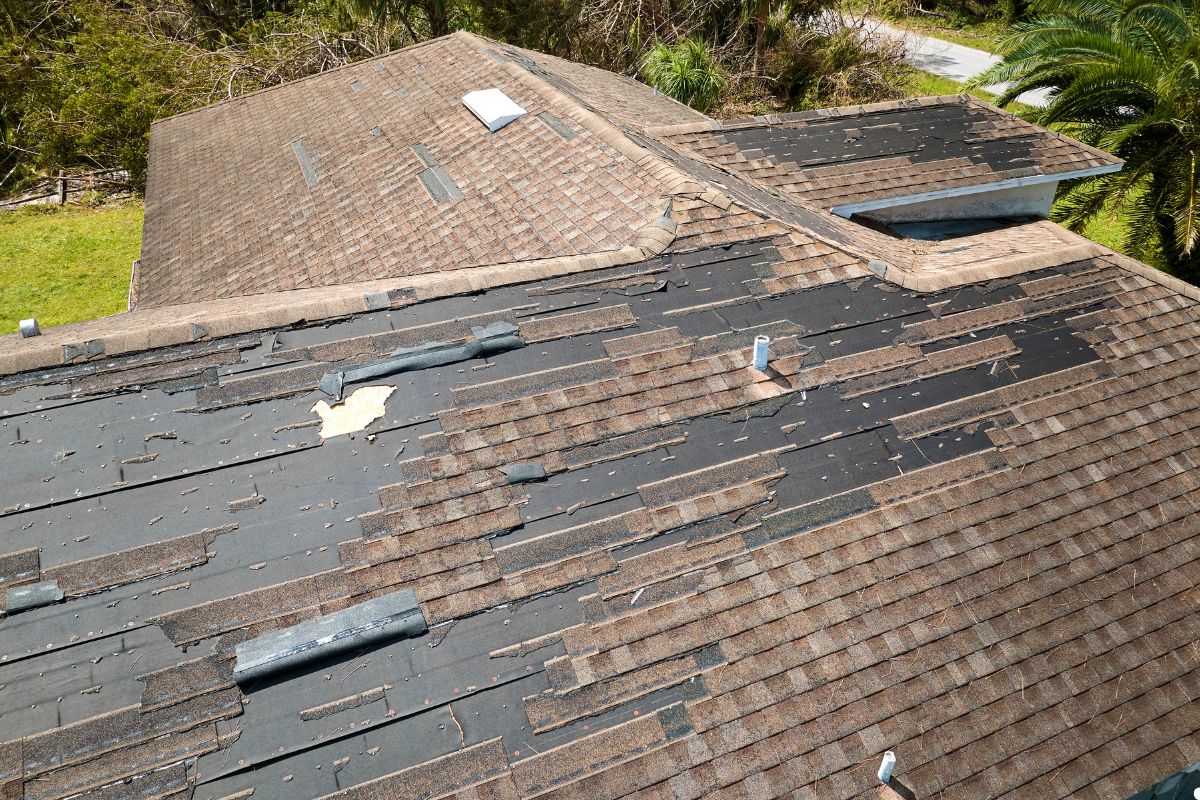
Your roof is your home’s primary defense against the elements. Ignoring roof problems can lead to costly repairs, water damage, and even structural issues. This article will guide you through the most common signs that your roof is in trouble, empowering you to take action and protect your investment. If you notice any of these issues, don’t wait—call us today for a professional inspection and peace of mind!
Why Roof Issues Should Be Addressed Quickly
A damaged roof is more than just an eyesore; it’s a gateway to a host of problems. Leaks can cause water damage to ceilings, walls, and floors, leading to mold growth and costly repairs. Damaged shingles can expose your home to the elements, increasing energy bills and shortening the lifespan of your roof. Investing in quality roofing materials can enhance your home’s durability and energy efficiency. Addressing roof issues promptly can save you money in the long run and prevent serious structural damage.

Visible Signs Inside Your Home
One of the first places to look for roof problems is inside your home. Here are some telltale signs:
- Water Stains on Ceilings and Walls: These are a classic sign of a roof leak. Look for discoloration, bubbling paint, or damp spots, especially after rain. Check ceilings under the attic and walls near the roofline.
- Peeling Paint or Bubbling Wallpaper: Moisture buildup from roof leaks can seep into your walls, causing paint to peel and wallpaper to bubble.
- Musty Odors: Persistent musty odors, especially in specific rooms, can indicate mold growth caused by a hidden roof leak.
Visible Signs Outside Your Home
A quick walk around your property can reveal a lot about the condition of your roof.
- Missing, Cracked, or Curled Shingles: Missing shingles are obvious, but also look for shingles that are cracked, curled, or buckling. These are signs of weathering and age.
- Granules in Gutters: Shingle granules protect the underlying asphalt from UV rays. Excessive granule loss in your gutters indicates that your shingles are wearing out.
- Sagging Roof Deck: A sagging roofline is a serious sign of structural damage and requires immediate attention.
- Damaged Flashing: Flashing is the metal material that seals around chimneys, vents, and skylights. Check for rust, cracks, or missing pieces.
- Moss or Algae Growth: Moss and algae can trap moisture and damage roofing materials, especially in shaded areas.
Attic Inspection
A thorough attic inspection can reveal problems that aren’t visible from the ground.
- Water Stains or Streaks: Look for water stains or streaks on the underside of the roof sheathing, especially around vents, chimneys, and valleys.
- Mold or Mildew: Check for signs of mold or mildew growth, which indicates moisture buildup.
- Daylight Shining Through: If you can see daylight shining through your roof from the attic, it’s a clear sign of damage.
DIY vs. Professional Inspection
While you can perform a visual inspection from the ground, it’s best to leave attic and roof inspections to professionals. Walking on a roof can be dangerous, and a trained eye can spot subtle problems that you might miss.
- When to Call a Roofing Professional: If you notice any of the signs mentioned above, or if you’re unsure about the condition of your roof, it’s time to call a roofing professional. They can provide a thorough inspection and recommend the necessary repairs.

Preventative Maintenance
Regular maintenance can extend the lifespan of your roof and prevent costly repairs.
- Tips to Extend Your Roof’s Lifespan:
- Clean your gutters regularly to prevent water buildup.
- Trim trees that overhang your roof to prevent damage from falling branches.
- Have your roof inspected annually by a professional.
- Address minor repairs promptly to prevent them from becoming major problems.
Frequently Asked Questions (FAQs)
How often should I inspect my roof?
It’s recommended to inspect your roof at least twice a year, in the spring and fall. Call us today for a professional inspection and peace of mind!
What does shingle granule loss mean?
Shingle granule loss indicates that your shingles are aging and wearing out. It’s a sign that your roof may need to be replaced soon.
Can I repair my roof myself?
Minor repairs, such as replacing a few missing shingles, can be done yourself. However, major repairs should be left to professionals.
Protecting Your Investment
Your roof is a vital part of your home. By being proactive and addressing roof problems promptly, you can protect your investment and prevent costly repairs. Don’t wait until it’s too late. If you suspect that your roof has problems, contact us a qualified roofing contractor for an inspection.
